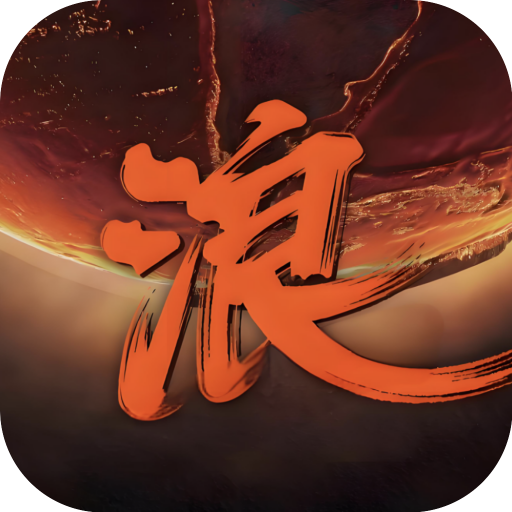Joyous Spring Festival
作者:佚名 来源:未知 时间:2025-03-11
Celebrating the Joy of Spring Festival

The Spring Festival, also known as Chinese New Year, is a time of great joy, reunion, and celebration across China and in Chinese communities worldwide. It marks the turn of the lunar calendar, usually falling between late January and mid-February, and is steeped in traditions that have been passed down through generations. As the most important festival in Chinese culture, the Spring Festival is a period when families gather together, feasts are abundant, and the air is filled with excitement and hope for a prosperous new year.

The festivities kick off with thorough house cleaning several days before the new year. This symbolic gesture is believed to sweep away bad luck and make room for incoming good fortune. Windows are adorned with red paper cutouts, doors are festooned with couplets bearing auspicious messages, and lanterns of various sizes and designs light up streets and homes, casting a warm and festive glow.

Red, the color associated with luck, prosperity, and happiness, dominates the decorative landscape. Red envelopes filled with money, known as hongbao, are given to children and unmarried adults as a token of good luck and blessings. In recent years, digital hongbao have become increasingly popular, with people sending virtual red envelopes via mobile apps, adding a modern twist to this cherished tradition.
The eve of the Spring Festival is perhaps the most anticipated day. Families reunite after months, sometimes even years, of separation, sharing stories, laughter, and meals that have been meticulously prepared. A highlight of the evening is the reunion dinner, a feast that typically includes traditional dishes like dumplings, fish, rice cakes, and noodles, each symbolizing different aspects of good fortune and abundance for the coming year.
After the reunion dinner, many families gather around to watch the Spring Festival Gala, a grand television event featuring a mesmerizing array of performances, including singing, dancing, comedy sketches, and acrobatics. It's a night of shared entertainment that brings people together, regardless of where they are in the world.
Midnight marks the official start of the new year. Fireworks and firecrackers explode in a dazzling display of colors and sounds, believed to scare away evil spirits and welcome the new year with a bang. The sky lights up with vibrant bursts, reflecting the joy and optimism of the occasion. In urban areas, where fireworks might be restricted due to safety concerns, people still celebrate with LED lights and other creative alternatives that capture the spirit of the season.
Throughout the following days, the celebrations continue with visits to relatives and friends. It's customary to pay respects and exchange greetings, often accompanied by gifts. Children eagerly anticipate receiving red envelopes, while adults enjoy catching up and sharing the blessings of the new year. Temples are visited, prayers are offered, and traditional rituals are observed, reinforcing the bond between the living and their ancestors.
Dragon and lion dances are a common sight during the festivities. Troupes of skilled performers in vibrant costumes traverse neighborhoods, bringing good luck and prosperity to households that invite them in. The energetic and rhythmic movements of these dances captivate audiences, creating an atmosphere of excitement and wonder.
Food plays a central role in Spring Festival celebrations. Besides the traditional reunion dinner, various snacks and treats are enjoyed throughout the festival. Sweets, like candy,瓜子 (melon seeds), and peanuts, are abundant, symbolizing a sweet and fulfilling new year. Special delicacies, like 年糕 (rice cakes) and 元宵 (glutinous rice balls), are prepared, each with its own symbolic meaning tied to wishes for health, wealth, and longevity.
In recent years, modern twists have been added to traditional celebrations. Online red envelopes, virtual fireworks, and digital greetings have become part of the mix, allowing people to connect and celebrate even when physically apart. Social media platforms buzz with messages of good wishes, photos of family gatherings, and stories of festive traditions, creating a sense of community that transcends geographical boundaries.
The Spring Festival is not just a time of celebration but also a period of reflection and renewal. It's a chance to honor the past, embrace the present, and look forward to the future with hope and optimism. Amidst the revelry, there's a sense of gratitude for the blessings received and a resolve to make the coming year even better.
As the festival draws to a close, people prepare to return to their daily routines, but the warmth and joy of the Spring Festival linger on. The memories of shared laughter, the taste of traditional foods, and the blessings exchanged become cherished reminders of the bonds that unite us, no matter where we are or what challenges we face.
The Spring Festival is a celebration of life, love, and hope. It's a time when the spirit of togetherness shines brightest, and the promise of a new year fills our hearts with anticipation and determination. As we wave goodbye to the old year and embrace the new, let us carry forward the values of family, harmony, and resilience that the Spring Festival embodies, making every moment a testament to the joy and beauty of life.
- 上一篇: 杜鹃花:绚烂多彩的自然魅力
- 下一篇: 宋高宗逝世之谜:他究竟是如何离世的?



































